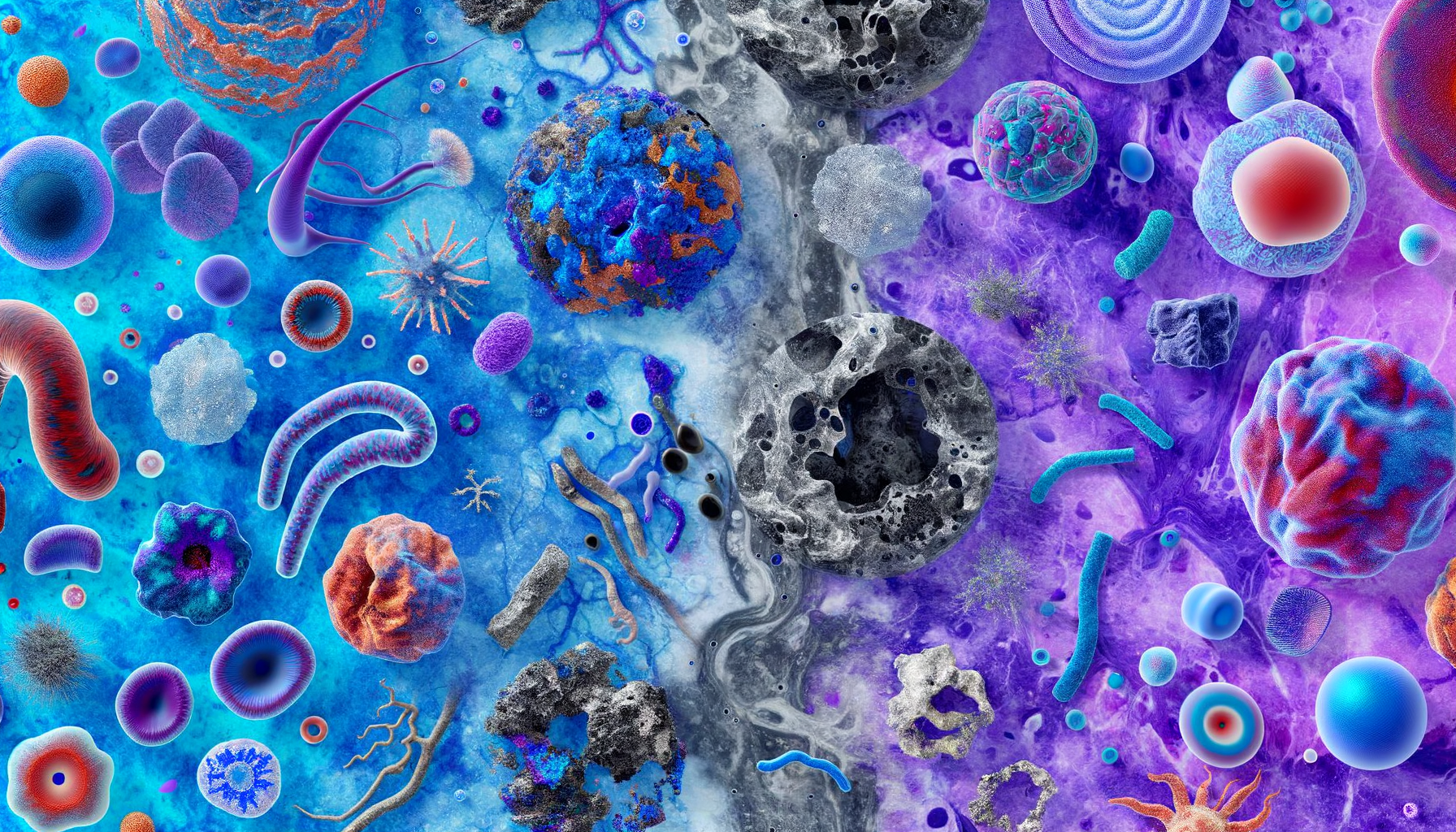What To Know About Potential Complications Of Untreated Varicose Veins In Older Adults
What potential issues might arise when varicose veins are left unaddressed, especially for older individuals? Allowing visible veins to persist without intervention could involve considerations beyond appearance. Developing an awareness of possible outcomes is relevant when thinking about vein health later in life.

Understanding Varicose Veins and Their Impact
Varicose veins are a common condition characterized by enlarged, twisted veins, often appearing on the legs and feet. They occur when the valves in the veins that help regulate blood flow become weakened or damaged, causing blood to pool. While they can be a cosmetic concern, the implications of varicose veins extend far beyond appearance, especially for older adults.
Understanding the Risks and Potential Complications of Untreated Varicose Veins in Older Adults is crucial. When left untreated, varicose veins can lead to more serious health issues such as chronic venous insufficiency, where the veins struggle to send blood from the limbs back to the heart. This can result in symptoms like swelling, pain, and skin changes. Moreover, older adults are at a higher risk of developing ulcers and blood clots, which can be life-threatening if not addressed promptly.
Preventing these complications requires a proactive approach to vein health, ensuring that varicose veins are not merely dismissed as a cosmetic issue. Instead, they should be seen as a potential indicator of underlying circulatory problems that need attention.
How Untreated Varicose Veins Affect Health and Mobility in Older Adults
The impact of untreated varicose veins on health and mobility can be significant, particularly for older adults who may already face challenges related to aging. Varicose veins can contribute to a decline in mobility due to discomfort and pain, making it difficult for individuals to maintain an active lifestyle. This can lead to a vicious cycle where reduced activity exacerbates circulation problems, further worsening the condition.
Moreover, the presence of varicose veins can affect the skin, leading to itching, rashes, and even skin ulcers. These skin changes can be painful and may require medical intervention if they become infected. The psychological impact should not be underestimated either; dealing with visible vein issues can lead to decreased self-esteem and social withdrawal.
Understanding How Untreated Varicose Veins Affect Health and Mobility in Older Adults is essential for developing strategies to maintain quality of life. Encouraging regular exercise, weight management, and wearing compression stockings are practical steps that can help improve circulation and reduce symptoms.
Preventive Measures and Treatment Options for Varicose Veins in Older Adults
Addressing varicose veins involves both preventive measures and treatment options tailored to individual needs. For older adults, maintaining a healthy lifestyle is a vital preventive measure. This includes regular physical activity, a balanced diet, and avoiding prolonged periods of standing or sitting, which can exacerbate vein problems.
When it comes to treatment, several options are available, ranging from conservative approaches to more invasive procedures. Compression therapy is often the first line of defense, helping to improve circulation and alleviate symptoms. For those requiring more intervention, treatments such as sclerotherapy, laser therapy, and surgical options can be considered.
Discussing Preventive Measures and Treatment Options for Varicose Veins in Older Adults with a healthcare provider can help determine the most appropriate course of action. Early intervention is key to preventing complications and ensuring that varicose veins do not interfere with daily life.
Ultimately, the management of varicose veins in older adults requires a comprehensive approach that considers both the physical and psychological aspects of the condition. By staying informed and proactive, individuals can effectively manage their vein health and maintain their quality of life.